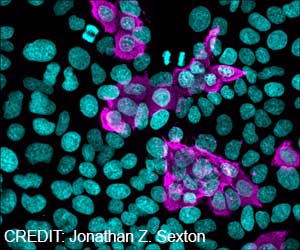“If you boost these families out of poverty in that window of adolescence, it’s possible that this may protect them from having later health problems, and possibly reduce the chances of them developing depression, and even cutting down the risk of suicide farther down the line,” said Lisa Johnson, a doctoral scholar and lead author of a new study by the University of California, Davis, Healthy Emotions and Relationships Development Lab.
‘Atypical patterns of cortisol release can indicate that the body is overtaxed in a stressful situation.’
Previous studies have shown that poverty in children has resulted in downstream health issues over time, but this new study looked specifically at how the body responds to stress.
In an ongoing longitudinal study, researchers tested the saliva of 229 17-year-olds, many of whom had lived at or below the poverty level between the ages 10 and 16, for their levels of cortisol hormone.
It is one of the common metrics for measuring stress that can be found in blood, saliva and hair. The testing was done in the years before the COVID-19 pandemic. Researchers examined cortisol levels after participants experienced a social stressor.
The study showed that even families whose financial circumstances had improved over time showed an atypically low stress response when measuring their cortisol levels, illustrating that the effects reach beyond the years someone is poor.
Those tested showed blunted levels of cortisol in reaction to stressful circumstances, a situation that was simulated with an online game.
A blunted stress response can indicate the body is overwhelmed and cannot meet the energetic demands of the immediate situation.Over time, this can lead to deficits in both physical and mental health.
Source: Medindia



